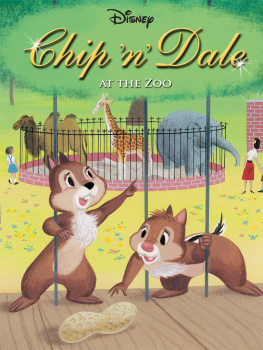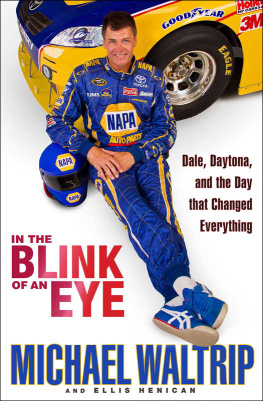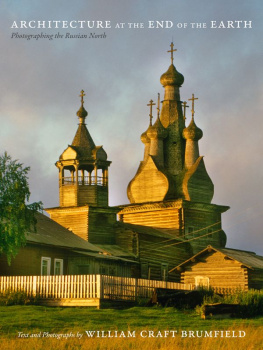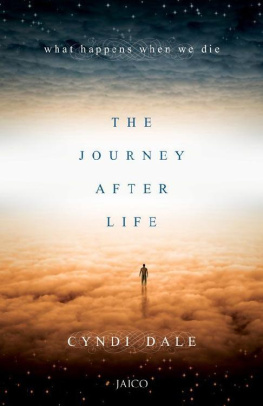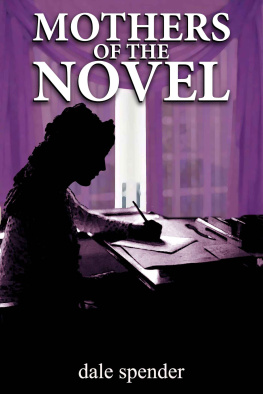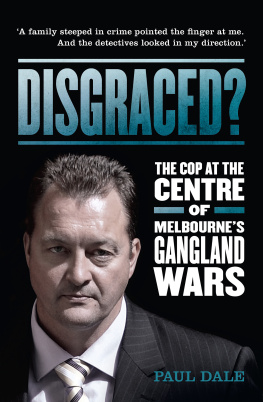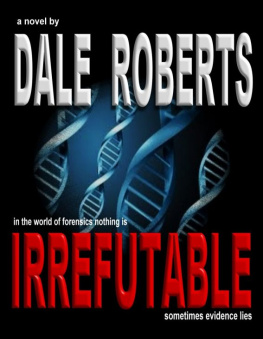Published by The History Press
Charleston, SC 29403
www.historypress.net
Copyright 2015 by Dale M. Brumfield
All rights reserved
Front cover: Washington Free Press, February 115, 1968; Alice, April 1969 issue; Quicksilver Times, July 313, 1970 issue; The Gay Blade, August 1971 issue.
First published 2015
e-Book published 2015
ISBN 978.1.62585.438.4
Library of Congress Control Number: 2015932375
print edition ISBN 978.1.62619.906.4
Notice: The information in this book is true and complete to the best of our knowledge. It is offered without guarantee on the part of the author or The History Press. The author and The History Press disclaim all liability in connection with the use of this book.
All rights reserved. No part of this book may be reproduced or transmitted in any form whatsoever without prior written permission from the publisher except in the case of brief quotations embodied in critical articles and reviews.
FOREWORD
WHY?
The late 1960s and early 70swhat a time in American history! Civil rights, the antiVietnam War movement, Haight-Ashburys summer of love, Black Power, Sisterhood is Powerful, GIs rebelling against an Imperialist war, striking grape workers, Venceremos, turning on and dropping out, collectives, Students for a Democratic Society, Weathermen, V signs, clenched fists, free love, drugs and rock-and-roll.
But without the hundreds of underground newspapers that sprang up during this era to report on these radical movements and challenge the coverage of the straight media, this era would never have achieved its far-ranging goals or raised the consciousness of American youth. The newspapers helped end the war in Vietnam; exposed the roots of racism and sexism; fought for students, womens and gay rights; and revealed the brutal repression of citizens who dared to exercise their constitutional rights to assemble and protest.
In early 2012, I received an e-mail from Dale Brumfield asking me if I was the Nina Sabaroff who had worked on the Richmond Chronicle underground newspaper in 1969. I was amazed that he had found me; after all, I was now Katya Taylor, and it had been more than forty years since Id left Richmond. But I am now not the least surprised that he located me; he shows himself to be a master sleuth in uncovering the history of the free press in Washington, D.C., and Virginia in this detailed account of the passionate and tumultuous years between 1965 and 1972. He shares his research on each underground paper in turn, uncovering stories that have heretofore never been told.
If you participated in the demonstrations or actually worked on an underground paper during this time, you will be flooded with memories of the way it wasthe fervency and camaraderie, the endless meetings, communal meals, late nights around the layout table, making headlines from press-type, the anger over the endless repression by the powers that be, the celebration over the peoples victories, college students beaten with clubs, the tears shed over the killings of students at Kent State and Jackson State and the murders of Black Panthers Fred Hampton and Bobbie Hutton.
For nonparticipants who want to understand that era, this book will give you a guided tour of the dozens of papers and hundreds of dedicated individuals in Virginia and D.C. who lent their efforts twenty-four-seven to the causes of the day, who banded together with like-minded others to question authority and fight injustice, creating new modes of living and working, exploring self-empowerment and the moral imperatives that could no longer be swept under the rug.
Open the door into the offices of Quicksilver Times, Off Our Backs, the Gay Blade, Hard Times, Open Sights and many others. Learn about the students who challenged both the war and outmoded dress codes at their universities. Celebrate with women who stepped out of the shadows, away from the typewriter, and got behind the camera or wrote their own stories; the gay pioneers who dared to use their real names; the GIs who spoke up under threat of court-martial.
Brumfield told me, This is a history few know, and the people who do know are rapidly disappearing. I know, because I was there, working as an editor for the Richmond Chronicle, working for Liberation News Service, which, long before the Internet, sent twice-weekly packets out to the hundreds of underground newspapers. Im still here, and Im moved by the stories of these bygone days, days that led to advances we could only have dreamed of back then.
Step back into 1965, two years before it became legal for blacks and whites to wed, one year after civil rights legislation ended Jim Crow laws. Step into the history of a peoples transformative era, laid out before you now.
KATYA SABAROFF TAYLOR
November 20, 2014
KATYA SABAROFF TAYLOR is a former member of the Liberation News Service and was Americas first female underground newspaper editor, serving at the Richmond Chronicle from August 1969 until February 1970. She was such a fast and thorough typist that Yippie leader Abbie Hoffman asked her in 1969 to be his personal assistant. She declined.
Nina Sabaroff, 1965. Courtesy Katya Sabaroff Taylor.
She currently lives and teaches writing in Tallahassee, Florida.
AUTHORS NOTE
WHY NOT?
A modern phenomenon which has evolved in the last three or four years is the vast growth of the Underground Press. Underground means of mass communication utilized to avoid suppression by legal authority and/or attribution is not new to this age, but its volume and the apparent freedom and ease in which filth, slanderous and libelous statements, and what appears to be almost treasonous anti-establishment propaganda is allowed to circulate is difficult to rationalize.
CIA Operation Resistance memo, 1968
When the above memo was issued in 1968, I was a nine-year-old living in Waynesboro, Virginia, experiencing only peripherally the tumult of the times through the lens of Walter Cronkites nightly news; TV shows like All in the Family, Laugh-In and Room 222; and Mad magazine. I recall casually flipping through photo after photo of the Vietnam War in subscription copies of Life magazine, unable to comprehend such a confusing conflict a world away. I froze, however, on the famous photo taken by Gerald Upsham of Columbia University student David Shapiro sitting at university president Grayson Kirks desk during the student takeover, wearing sunglasses and smoking one of Kirks cigars.
That picture terrified me, because to this nine-year-old, the uprising was suddenly not in a rice paddy eight thousand miles away but in my backyard. It dawned on me that America was exploding. I have carried the significance of that rude awakening with me my whole life, trying to make sense of the influence the 60s, the radical young people and the underground free press had not just on me but on the American consciousness.








